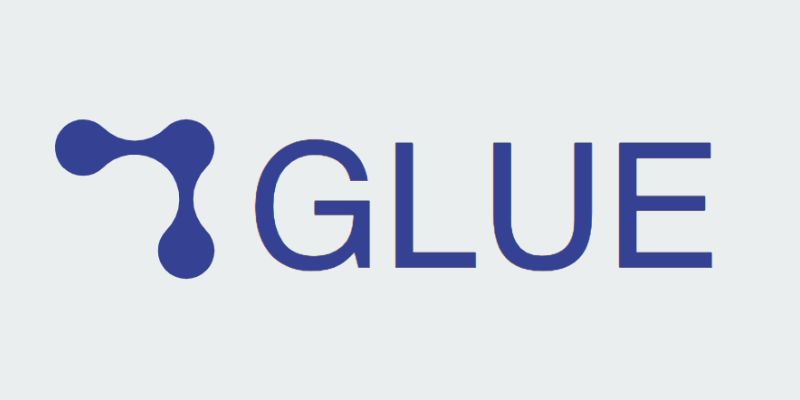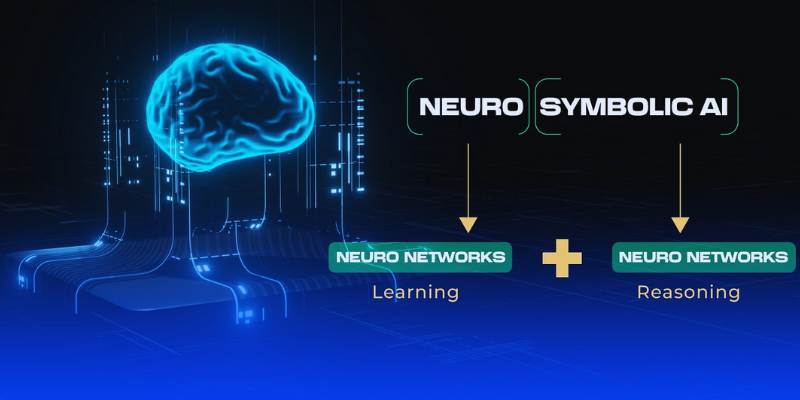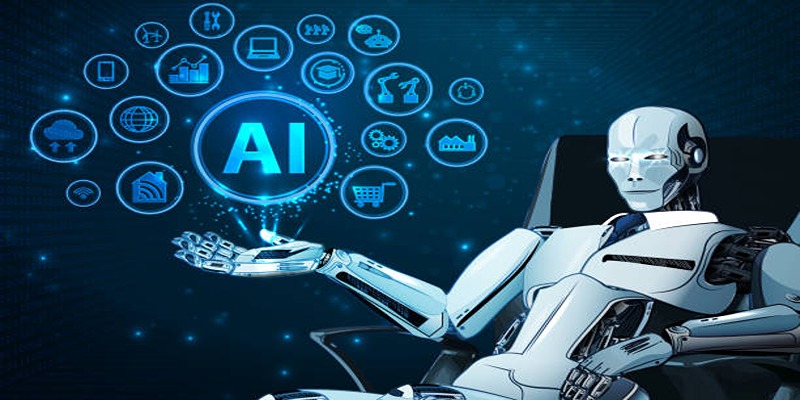Advertisement
Thanks to evaluation benchmarks, Natural Language Processing (NLP) has developed rapidly. Tools like GLUE and SQuAD have become indispensable for developers monitoring the performance of NLP models. These benchmarks provide consistent datasets for fair and accurate model evaluation. They let developers compare models, fine-tune algorithms, and raise accuracy. Benchmarking helps one to grasp model strengths and shortcomings.
Clear performance ratings guide real-world implementation and improvement. NLP benchmarks also inspire research that produces better and more capable artificial intelligence systems. Effective and dependable language-based applications depend on an awareness of GLUE and SQuAD. They work as roadmaps for creating improved models, saving time, and boosting developer productivity. Natural language processing benchmarks are more important than ever in the current AI scene due to their growing demand in the AI ecosystem.

NLP benchmarks provide standardized ways for developers to evaluate model performance effectively. They enable robust artificial intelligence systems. SQuAD and GLUE permit comparisons between several models and tasks. Developers can quickly understand how a model performs. By eschewing specialized testing for every project, these benchmarks save time. They also help reduce bias in model evaluation. Correct scoring reveals a model's degree of preparedness for practical application. These insights help developers to change and enhance models effectively.
Benchmarks enable speedier algorithm experimentation. GLUE focuses on multiple natural language tasks. For questions, SQuAD is rather well-known. They enable the creation of more versatile and intelligent NLP tools. Continual model improvement depends on an awareness of benchmark results. Benchmarks let programmers monitor model development across time. Early spotting of issues by developers helps to tackle them faster. These tools also inspire cooperation and study among the AI community.
General Language Understanding Evaluation, or GLUE, comprises nine NLP assignments aimed at model testing. Developers use it to assess a model's language comprehension level. These tasks include sentiment analysis, sentence similarity, and inference. Every assignment evaluates several facets of language ability. GLUE calculates and provides an average score across tasks. The average lets models be readily ranked and compared. GLUE helps developers discover model flaws. This understanding helps guide better model training.
GLUE also aids in choosing pre-trained models for usage. It has inspired expansion in NLP's transfer learning field. GLUE advances open model evaluation. The benchmark removes the guesswork, therefore accelerating development. GLUE's extensive industry application helps developers trust it. GLUE is even used to check models by big businesses. The benchmark remains relevant because it includes a variety of tasks. Developers gain a complete perspective on model performance. Nowadays, GLUE is the benchmark for language model assessment.
Stanford Question Answering Dataset stands as SQuAD. It evaluates a model's ability to answer questions accurately. Developers use SQuAD for both training and model comprehension checks. The collection comprises more than 100,000 Wikipedia article questions. Every response is derived from the text rather than merely produced. This format tests the model's understanding of context. SQuAD bases scores on exact match and F1 score. These mark the relevance and correctness of the model. These outcomes help developers to enhance their systems.
SQuAD facilitates improved system and question-answering bot design. Many models have advanced over time using SQuAD-based training. It helps improve the user experience of AI products. Developers use it to test both simple and complex queries. Additionally, ongoing benchmarking is supported by SQuAD 2.0. Unanswerable questions abound in the revised form. This inclusion helps models spot when there is no response. Models trained with SQuAD learn to identify both valid and missing answers.
In NLP development, benchmark results act as a road map for decisions. Developers examine scores to improve the design of models. These ranks indicate a model's strength or weakness. Using the data, developers help to lower training mistakes. Better scores usually lead to improved user outcomes. Benchmarks also support the choice of base models for specialized projects. For instance, a model performing well on SQuAD could fit the creation of a chatbot. For logic-based tasks, developers avoid models with low GLUE scores. Targeting improvements rather than general fixes is made possible via benchmarking.
Furthermore, data insights help lower model bias. Developers evaluate models using the same test environment. All users will find this comparison fair and unambiguous. Benchmark reports justify model decisions. Teams show ideas to stakeholders using scores as their basis. Benchmarking also helps to save time through trial-and-error testing. Results provide actionable feedback for model adjustments. Clear criteria help developers work more effectively.
Though not without limitations, NLP benchmarks have great value. Better results depend on developers knowing these constraints. Benchmarks like GLUE and SQuAD test particular jobs. They fall short in covering every NLP usage scenario. Relying only on benchmarks can lead to overfitting. Some models might pass tests but fail in actual use. Benchmarks may not accurately reflect real-world data variability. Developers must also test models on real-world data beyond benchmarks. The quality of the data can distort findings and influence ratings.
Overuse of benchmark tuning could conceal more serious problems. Developers should combine benchmarks with domain-specific testing. Any benchmark cannot totally replace user comments. Models should also include ethical and equitable considerations for developers. GLUE and SQuAD do not address fairness or bias. Developers need more instruments to investigate those problems. Benchmarks change gradually, unlike the demands of fast-moving artificial intelligence. The best is to strike a mix between new testing and standards.

NLP benchmarks like GLUE and SQuAD offer a clear road to improved language models. They allow developers to assess performance, track development, and hone models fairly. These instruments cut testing time and raise general results. Developers must, however, also know their limitations and challenge themselves outside of them. Using natural language processing benchmarks wisely leads to ethical and reliable AI development. Success cannot be achieved depending just on scores. Combining benchmarks with real-world data ensures long-term success in NLP applications.
Advertisement

Looking for the best open-source AI image generators in 2025? From Stable Diffusion to DeepFloyd IF, discover 5 free tools that turn text into stunning images

Neuro-symbolic AI blends neural learning and symbolic reasoning to create smarter, adaptable systems for a more efficient future

Discover the 6 common ways to use the SQL BETWEEN operator, from filtering numbers and dates to handling calculations and exclusions. Improve your SQL queries with these simple tips!

Discover how AI, NLP, and voice tech are transforming chatbots into smarter, personalized, and trusted everyday partners

IoT and machine learning integration drive predictive analytics, real-time data insights, optimized operations, and cost savings

Understand how global AI adoption and regulation are shaping its future, balancing innovation with ethical considerations

Explore how deep learning transforms industries with innovation and problem-solving power.

Explore edge computing in autonomous vehicles and real-time data in coffee shops powering smart edge technology applications

Nvidia stock is soaring thanks to rising AI demand. Learn why Nvidia leads the AI market and what this means for investors

Discover how AI transforms financial services by enhancing fraud detection, automating tasks, and improving decision-making

Discover how to turn simple data into eye-catching 3D pie charts. This guide shows you easy steps, smart design tips, and when to use 3D for maximum impact

Learn how Automated Machine Learning is transforming the insurance industry with improved efficiency, accuracy, and cost savings